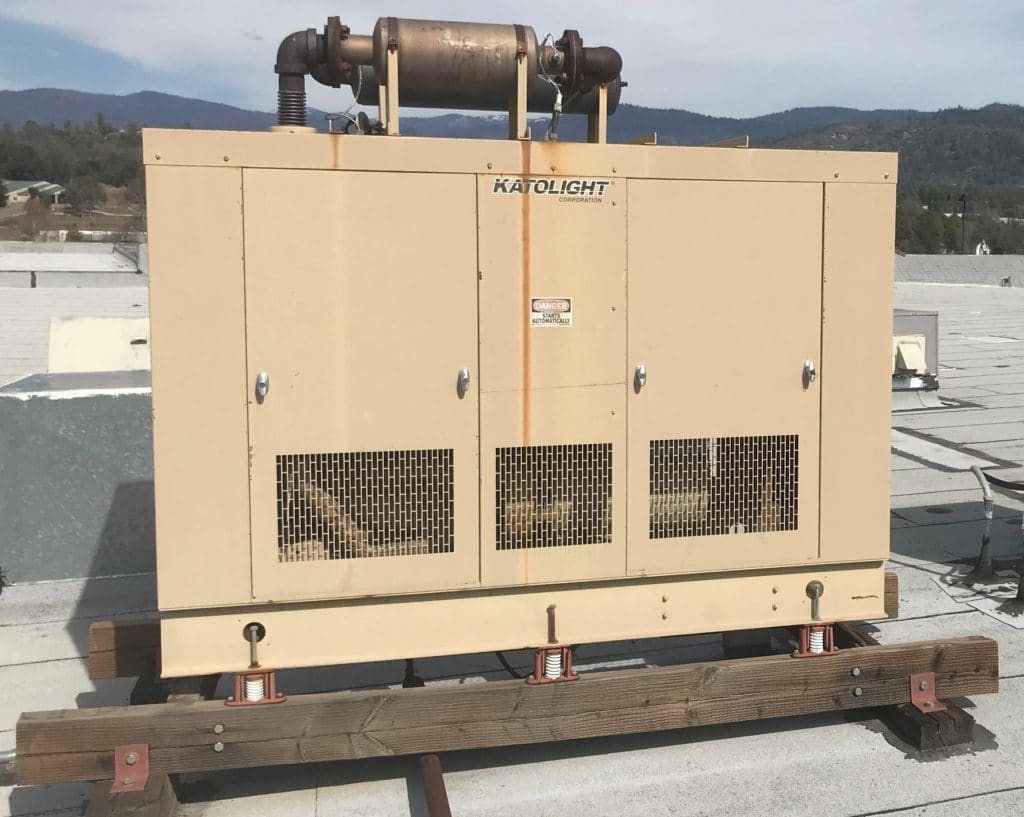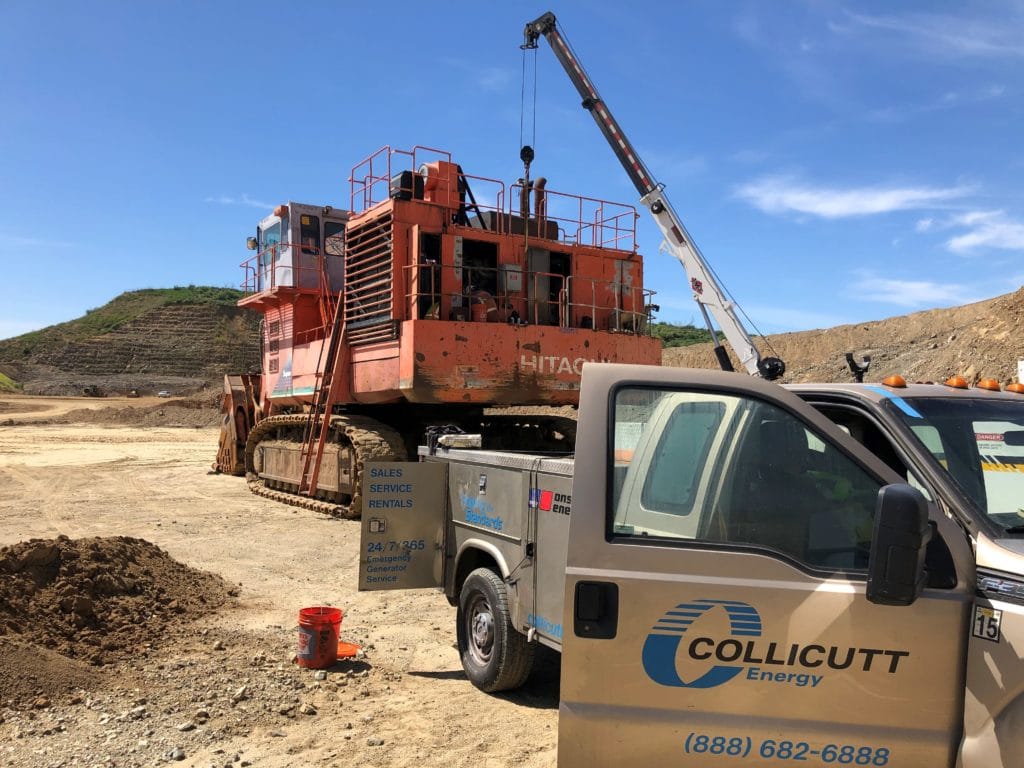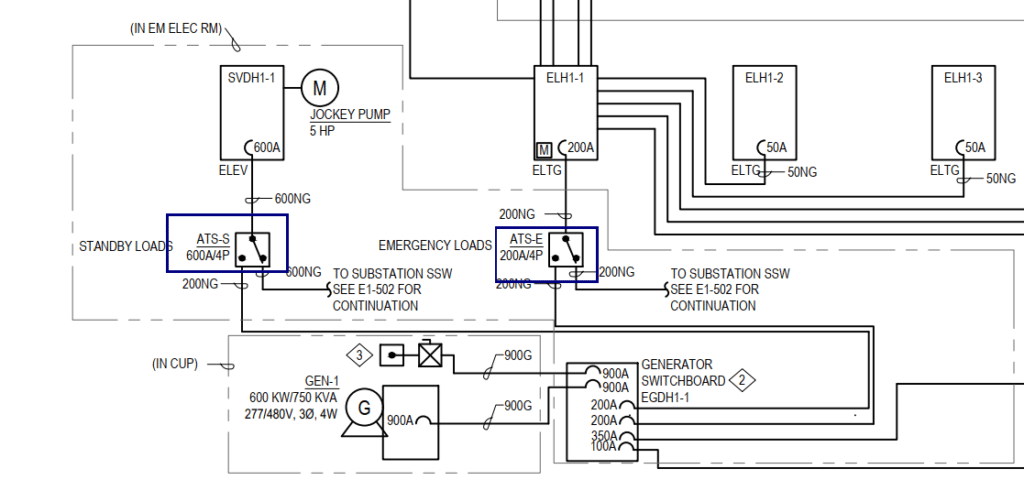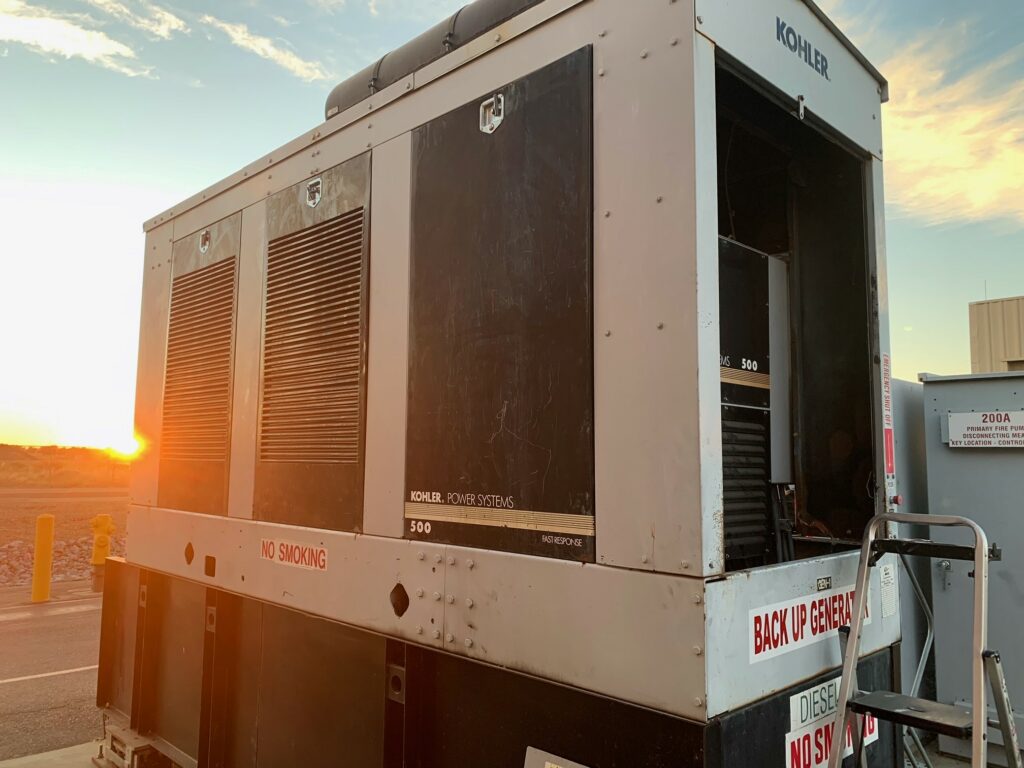How do you know your emergency generator will work when the power grid fails? You have invested all this money in a back up generator but what assurance do you have that it will work when you need it most?
We have all heard the stories of businesses that have had to stop production or send employees home because of power failures. Then there are the situations where power failure puts the organization at risk of loosing their inventory or even the extreme case of risk of life at a health care or elder care facility.
The loss of power for any business or organization is not an acceptable outcome!
What Can You Do
So what can you do to make sure your back up generator is ready for use?
One of the best things you can do to ensure your emergency generator is ready for service is to complete a periodic load bank test. A load bank test evaluates the generator’s performance by simulating up to 100% of the generator load within a controlled environment.
What Does Load Banking Do For Your Generator?
When a load bank is performed on your generator it:
- Validates Overall Generator Functionality – Completing a load bank test allows the generator to run under a load and validates all of the components of the generator. Voltages and currents are monitored along with temperatures and other critical operating parameters.
- Burns Off Unburnt Fuel – The generator has the opportunity to remove any unburnt fuel that may have accumulated in the DPF, a condition called wet stacking.
- Removes Carbon Build Up – The generator needs to run at operating temperature to allow for any carbon build up to burn off from injectors, rings pistons, in the DPF, etc.
- Checks Coolant System – Load Banking allows for the validation of proper coolant temperatures and the radiator functionality while the generator is at full load.
Take Action
Rather than just assuming that your backup generator will work properly when the power fails, take action now and have your generator load banked. Technicians will monitor all aspects of your generator during the load bank process and identify any areas needing adjustment or repair. This will prepare your emergency generator for any utility power outage!
Call us if you need any assistance with load banking. We have factory trained technicians and load banks ready to provide service to any make or model of generator!
Also, check out these related posts for more generator maintenance tips:
- Top 6 Reasons Why Your Emergency Generator Will Fail to Start
- What is an ATS and Why Should You Care
- Preserving an Engine
- How a Pre-Lube System Can Save You $500,000
- How to Avoid DPF Failure with These Easy Steps
- The Number 1 Reason Your Generator will Fail






